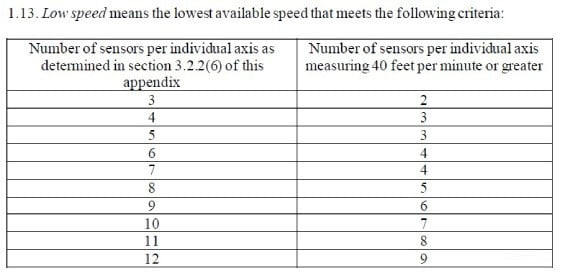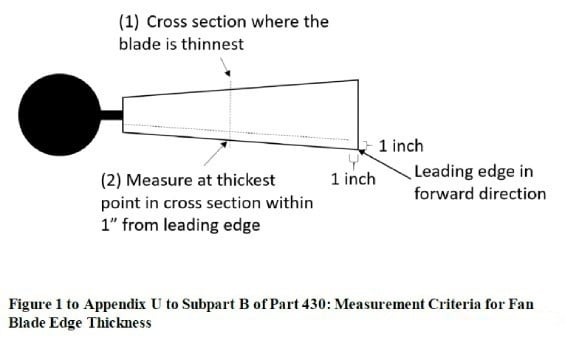In August 2022, the U.S. Department of Energy (DOE) completes ceiling fan test procedures. The information is as follows:
Regulatory Information
Regulation name: 10 CFR part 430 subpart B appendix U
Effective Date: February 13, 2023
Significant Influence
Object: Ceiling fan products exported to the US and Canadian markets
Major changes: Scope of application, product definition, part of the testing process changed
Update Changes
(1) The definition of ceiling fan has been revised. Products with a ratio of ceiling fan blade diameter (inches) to maximum rotational speed (RPM) greater than 0.06 are within the scope of application of this standard.
(2) The scope of application of large-size ceiling fans has been expanded: the original standard is only applicable to large-size products of 7 to 24 feet, and the new standard includes large-size products larger than 24 feet.
(3) Added definition and test procedures for high-speed belt-driven ceiling fans.
(4) It is clarified that VSD products that do not meet the definition of LSSD do not require testing.
(5) Redefine “low gear”: it is no longer the lowest gear that the original product can adjust; the “low gear” during the test, the number of anemometers with the measured wind speed greater than 40 feet per minute, must meet the standard requirements (see The following table). When testing low-grade air volume, start the test from the lowest gear that can be adjusted by the product. If the number of anemometers does not meet the requirements, raise a gear to re-test until the number of anemometers meets the standard requirements.

(6) The allowable deviation of the wind speed for the low-speed test is increased from within 5% to within 10% or within 2FPM.
(7) The test method for the thickness of the fan blade is explained in detail:
● Find the thinnest blade cross-section in the area beyond 1 inch from the blade tip;
• On this cross-section, measure the maximum thickness within 1 inch of the edge of the windward side as the thickness of the fan blade.

(8) The nominal value on the energy label is calculated from the test average value of multiple prototypes, and is calculated by the representative value considering the confidence.
Details: govinfo.gov

